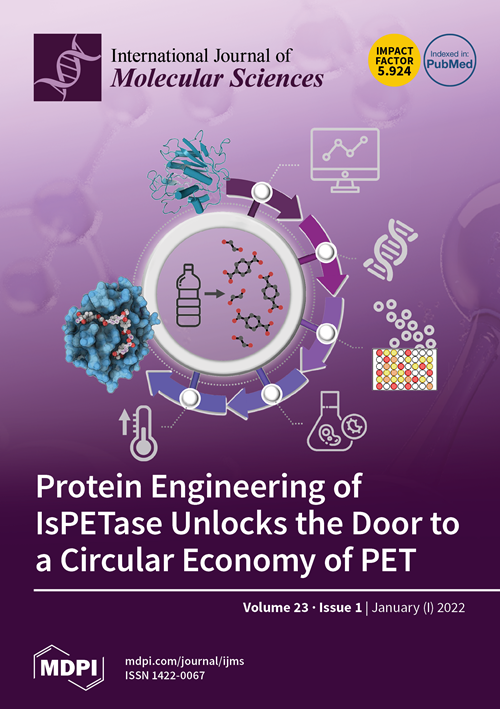Metalloproteomic Investigation of Hg-Binding Proteins in Renal Tissue of Rats Exposed to Mercury Chloride
IF 4.9
2区 生物学
Q1 BIOCHEMISTRY & MOLECULAR BIOLOGY
引用次数: 0
Abstract
Results obtained from rat studies indicate that, even at low concentrations, mercurial species cause harmful effects on the kidneys, by inducing the nephrotic oxidative stress response. In the present work, Hg-associated proteins were identified as possible mercury-exposure biomarkers in rat kidneys exposed to low mercury chloride concentrations for 30 days (Hg-30) and 60 days (Hg-60), using metalloproteomic strategies. The renal proteomic profile was fractioned by two-dimensional electrophoresis and the mercury determinations in kidney samples, protein pellets and protein spots were performed using graphite furnace atomic absorption spectrometry. The characterization of Hg-associated protein spots and the analysis of differentially expressed proteins were performed by liquid chromatography, coupled with tandem mass spectrometry. Eleven Hg-associated protein spots with a concentration range of 79 ± 1 to 750 ± 9 mg kg−1 in the Hg-60 group were identified. The characterization and expression analyses allowed the identification of 53 proteins that were expressed only in the Hg-60 group, 13 “upregulated” proteins (p > 0.95) and 47 “downregulated” proteins (p < 0.05). Actin isoforms and hemoglobin subunits were identified in protein spots of the Hg-60 group, with mercury concentrations in the range of 138 to 750 mg kg−1, which qualifies these proteins as potential mercury-exposure biomarkers.接触氯化汞的大鼠肾组织中汞结合蛋白的金属蛋白组学研究
对大鼠的研究结果表明,即使汞的浓度很低,也会通过诱导肾氧化应激反应对肾脏造成有害影响。在本研究中,采用金属蛋白组学策略,将暴露于低氯化汞浓度 30 天(Hg-30)和 60 天(Hg-60)的大鼠肾脏中的汞相关蛋白确定为可能的汞暴露生物标志物。通过二维电泳对肾脏蛋白质组进行分馏,并使用石墨炉原子吸收光谱法对肾脏样本、蛋白颗粒和蛋白点进行汞测定。采用液相色谱-串联质谱法对汞相关蛋白点进行了表征,并分析了差异表达的蛋白质。在 Hg-60 组中发现了 11 个与 Hg 相关的蛋白质点,其浓度范围为 79 ± 1 至 750 ± 9 mg kg-1。通过表征和表达分析,确定了 53 种仅在 Hg-60 组中表达的蛋白质,其中 13 种 "上调 "蛋白质(p > 0.95),47 种 "下调 "蛋白质(p < 0.05)。在 Hg-60 组的蛋白质点中发现了肌动蛋白同工酶和血红蛋白亚基,其汞浓度范围为 138 至 750 毫克/千克,这使这些蛋白质成为潜在的汞暴露生物标志物。
本文章由计算机程序翻译,如有差异,请以英文原文为准。
求助全文
约1分钟内获得全文
求助全文
来源期刊

International Journal of Molecular Sciences
Chemistry-Organic Chemistry
CiteScore
8.10
自引率
10.70%
发文量
13472
审稿时长
17.49 days
期刊介绍:
The International Journal of Molecular Sciences (ISSN 1422-0067) provides an advanced forum for chemistry, molecular physics (chemical physics and physical chemistry) and molecular biology. It publishes research articles, reviews, communications and short notes. Our aim is to encourage scientists to publish their theoretical and experimental results in as much detail as possible. Therefore, there is no restriction on the length of the papers or the number of electronics supplementary files. For articles with computational results, the full experimental details must be provided so that the results can be reproduced. Electronic files regarding the full details of the calculation and experimental procedure, if unable to be published in a normal way, can be deposited as supplementary material (including animated pictures, videos, interactive Excel sheets, software executables and others).
 求助内容:
求助内容: 应助结果提醒方式:
应助结果提醒方式:


